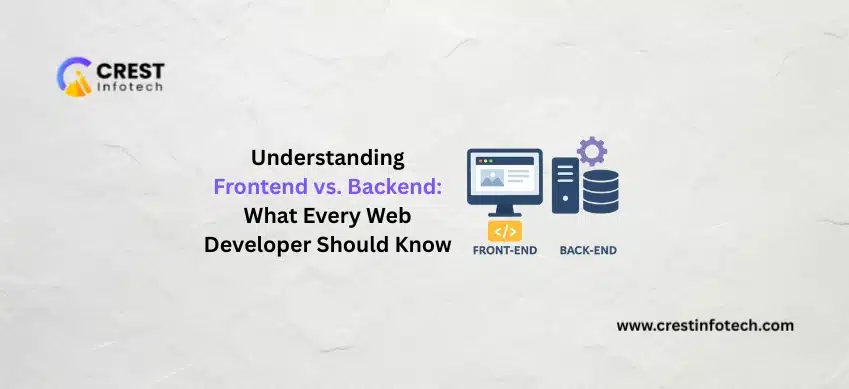Launching a successful mobile app requires more than just a great idea—it requires a strategic approach to development that maximizes resources, minimizes risks, and validates market demand. This is where the concept of Minimum Viable Product (MVP) becomes invaluable. In this article, we’ll explore what an MVP is, why it’s important, and how to build one effectively to set your app up for success.
Understanding Minimum Viable Product (MVP)
A Minimum Viable Product (MVP) is a version of a new product that includes only the core features necessary to validate the product idea and gather feedback from early adopters. The primary goal of an MVP is to launch quickly, test assumptions, and iterate based on user feedback and market insights.
Why Build an MVP?
- Validate Assumptions: Test your app idea in the market with minimal investment to validate demand, user needs, and potential adoption rates.
- Reduce Time to Market: Launch sooner with essential features, gaining a competitive edge and capturing early market share.
- Minimize Costs: Save resources by focusing on core functionalities, avoiding unnecessary development and feature bloat.
- Iterative Development: Gather user feedback early to prioritize features, refine the product roadmap, and enhance user experience iteratively.
Steps to Build a Successful MVP
1. Define Your Core Value Proposition
- Identify Core Features: Determine the essential functionalities that address the primary pain points or provide unique value to users.
- Prioritize Features: Rank features based on their importance to the core user experience and feasibility for initial development.
2. Set Clear Goals and Metrics
- Define Success Metrics: Establish measurable goals for your MVP, such as user engagement metrics, conversion rates, or retention rates.
- Key Performance Indicators (KPIs): Identify KPIs to track and evaluate the performance and impact of your MVP in achieving business objectives.
3. Develop a Prototype or Mockup
- Create Wireframes: Design low-fidelity wireframes or mockups to visualize the app’s layout, navigation flow, and core functionalities.
- Iterate Based on Feedback: Gather feedback from stakeholders and potential users to refine the prototype before moving to development.
4. Build and Test Your MVP
- Develop Core Features: Focus on implementing the identified core features with minimalistic design and functionality.
- Test Early and Often: Conduct usability tests, alpha and beta testing phases to gather user feedback, identify bugs, and validate assumptions.
5. Iterate Based on Feedback
- Prioritize Feedback: Analyze user feedback and iterate on the MVP to address usability issues, improve user experience, and add features based on demand.
- Continuous Improvement: Plan for regular updates and iterations post-launch to enhance functionality, address user pain points, and introduce new features.
6. Prepare for Launch and Marketing
- Create a Marketing Strategy: Develop a pre-launch marketing plan to build anticipation, attract early adopters, and generate buzz around your MVP.
- Monitor Launch Performance: Track key metrics and user feedback post-launch to evaluate performance and inform future development iterations.
Key Considerations for MVP Development
- User Experience (UX): Prioritize intuitive design and user-friendly navigation to ensure a positive first impression and engagement.
- Scalability and Flexibility: Build a foundation that can accommodate future feature enhancements and scale as user base grows.
- Security and Compliance: Ensure compliance with data protection regulations and implement robust security measures to protect user data.
Conclusion
Building a successful Minimum Viable Product (MVP) is a strategic approach to app development that allows you to validate your app idea, minimize risks, and optimize resources. By focusing on core functionalities, gathering early user feedback, and iterating based on insights, you can refine your app to meet user needs effectively and position it for long-term success in the competitive app market.
Embrace the iterative nature of MVP development, prioritize user experience, and leverage feedback to continuously improve your app’s functionality and relevance. By following these steps and principles, you can build an MVP that not only validates your app idea but also sets a solid foundation for future growth and innovation.
This article provides a comprehensive guide to building a successful Minimum Viable Product (MVP) for mobile apps, emphasizing the importance of validation, iterative development, and user feedback in achieving app success. Adjust content based on specific app categories, target audiences, and development strategies relevant to your MVP goals and objectives.



